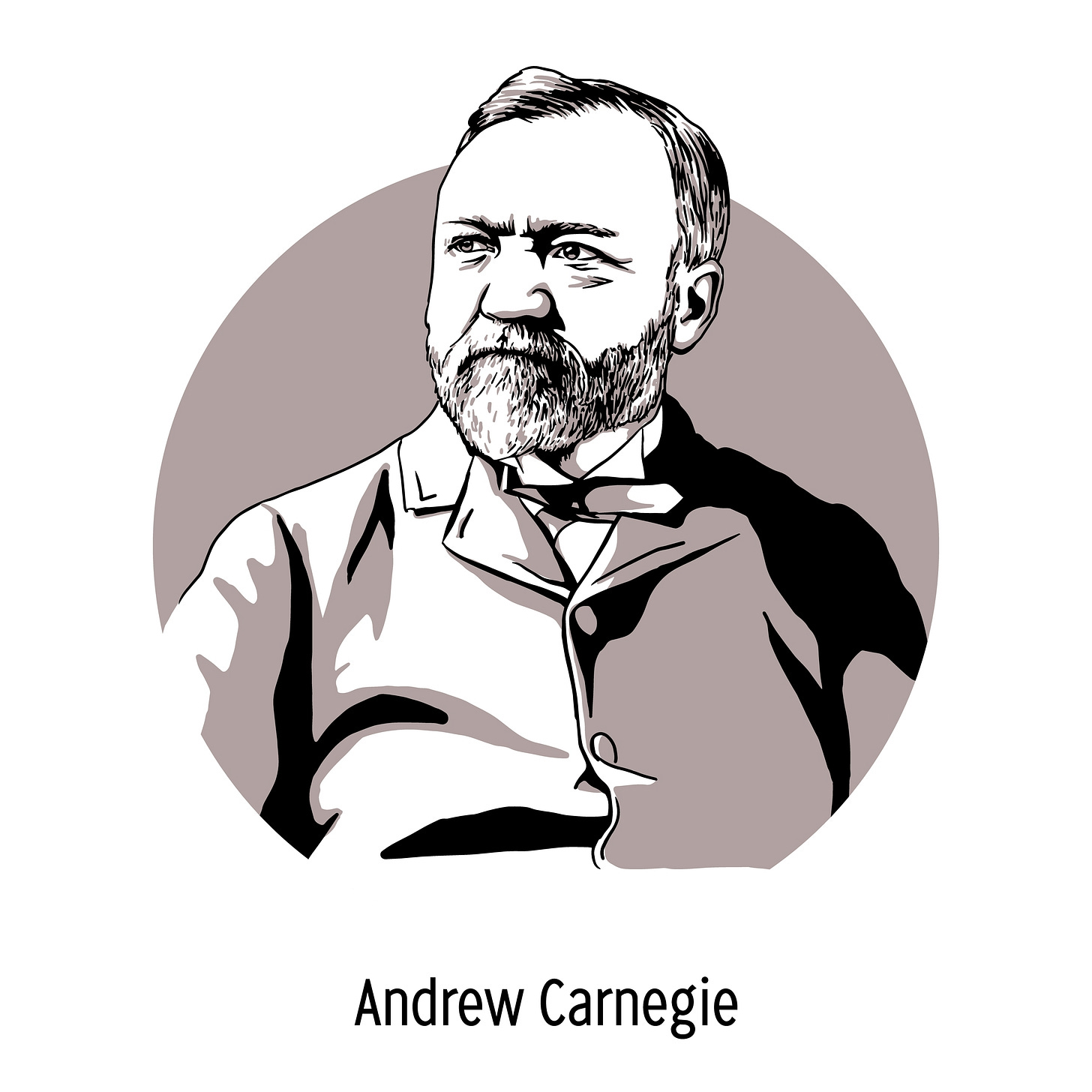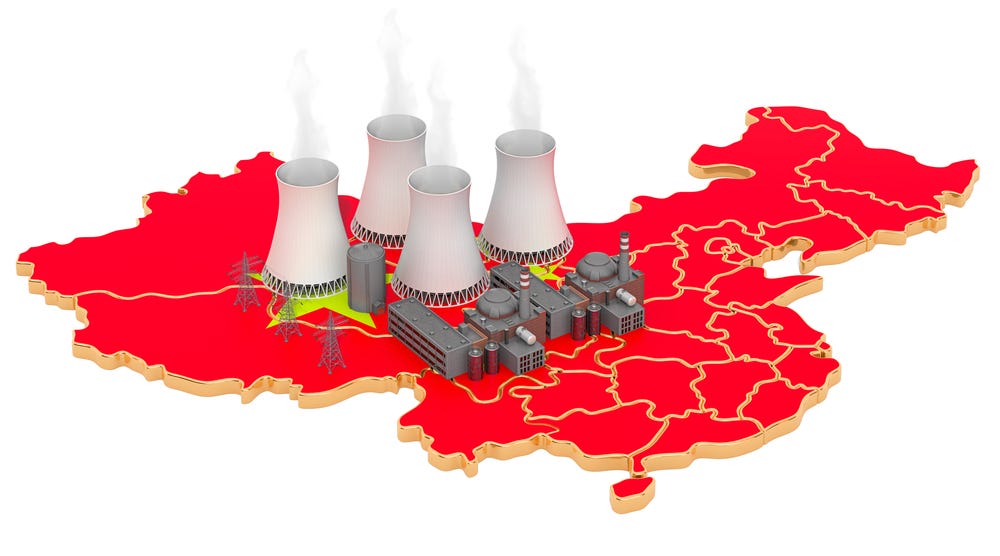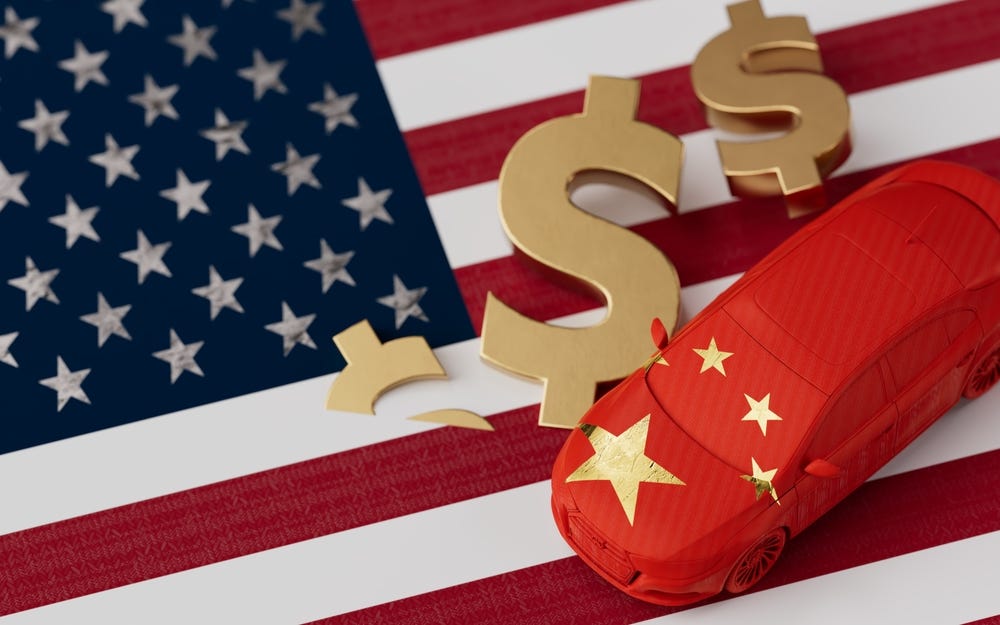LVG Haymaker
Louis-Vincent Gave: 'Western Policymakers’ Toolkit'
“The price which society pays for the law of competition, like the price it pays for cheap comforts and luxuries, is great; but the advantages of this law are also greater still than its cost- for it is to this law that we owe our wonderful material development, which brings improved conditions in its train.”
Personally, I’m not a fan of China’s top-down-driven economic model. In many ways, I believe it plays by unfair rules that allow it to dominate key industries. Chinese global theft of intellectual property is of legendary magnitude and I wouldn’t want to work in a Shenzehn factory, ultra-modern though it may be (I’d probably have no chance vs. an industrial robot anyway — would anyone?). There’s also no doubt that it devotes immense resources into, apparently successful, efforts to sabotage destabilize the West (more on that in a future Haymaker.)
However, reality is reality, and, as you will read in this edition of a Louis Gave-authored Haymaker, the fact of the matter is that China is no longer merely a supplier of raw and intermediate goods to the Western production process. It is now a significant and, in some cases, ruthless competitor in high valued-added products, including trains, almost all things green energy-related, automobiles, and, increasingly, nuclear power plants.
In fact, it is now the planet’s biggest auto exporter and is particularly dominant in electric vehicles (EVs) and the even faster-growing segment of hybrids. In the nuke space, it has 23 large-scale plants under construction versus none in the U.S. Further, it can complete these at about a third of what it costs to build them in the politically freer but bureaucratically sclerotic United States. It has become proficient enough that it is building atomic energy plants for other countries.
As a result of moving up the export quality ladder, China’s trade surplus has roughly tripled over the last decade, as Louis notes. This is despite the tariffs placed on its goods by both the Trump and Biden administrations (in the case of the latter, those are now 100% on EVs). Ominously for the future of the West’s ability to compete, China now graduates more engineers than the U.S. and Western Europe combined.
In this article, Louis is making the case that Western policymakers are unlikely to let China flood their countries with economically essential products, such as cars. The U.S. is likely to be particularly aggressive in protecting its domestic producers because the dollar is drastically overvalued. (Louis has made that point in other missives, though not in this one.) As a result, the Fed may resort to steep rate cuts to cheapen the dollar if it gets any cover from either a swooning economy or easing inflation. (In my view, the former is becoming the more likely scenario.)
One of LVG’s key messages here is that any recession- or near recession-related inflation improvements are likely to be short lived. That’s a conclusion with which I wholeheartedly agree. It’s also why I believe bond rallies such as we’re seeing now are best to rent and not own.
David “The Haymaker” Hay
Western Policymakers’ Toolkit
Louis-Vincent Gave
For global investors, the overall narrative on China has shifted in front of their eyes. Indeed, the story for the last five years roughly ran as follows:
“China has massively overinvested in real estate. Bank loans are going bad. The shadow banking system will implode and growth will melt away. Eventually, China will have no choice but to massively devalue the renminbi to get its economy back on track. China’s entire growth model is broken. On top of that, Xi Jinping is too authoritarian, too unpredictable and too nationalistic. Putting it all together, China is uninvestable”.
The effect of this narrative, combined with China’s overuse of Draconian Covid policies, means that few investors have even bothered to visit the country in recent years—or if they did, they didn’t stop by our Beijing and Hong Kong offices to say hello! Hence, most investors have missed the key macro development of China rapidly ascending the industrial value chain. Yet as Chinese automakers release ever cooler cars on a weekly basis, ignoring this rise now requires the beholder to wear blinders.
Recent weeks have seen a series of impressive product releases by Chinese carmakers
In recent weeks, Xiaomi drew gasps when launching its SU7 electric vehicle and showcasing an ultramodern factory. Then X-Peng unveiled its flying car, followed by BYD’s amphibious SUV. BYD then rolled out the Qin, a hybrid car that can travel 100km on three liters of fuel, allowing 2000km range on a tank of gas and a full charge (all for US$14,000 a pop). More worryingly for other industrial powers, China is building a lead in other key segments including solar panels, batteries, tractors, earth-moving equipment, smartphones, telecom switches, high-speed rail and even nuclear power plants!
While the rest of the world was not looking, Chinese producers began to achieve huge trade surpluses
All of this reminds me of Deng Xiaoping’s advice to China’s leadership in the early 1990s:






